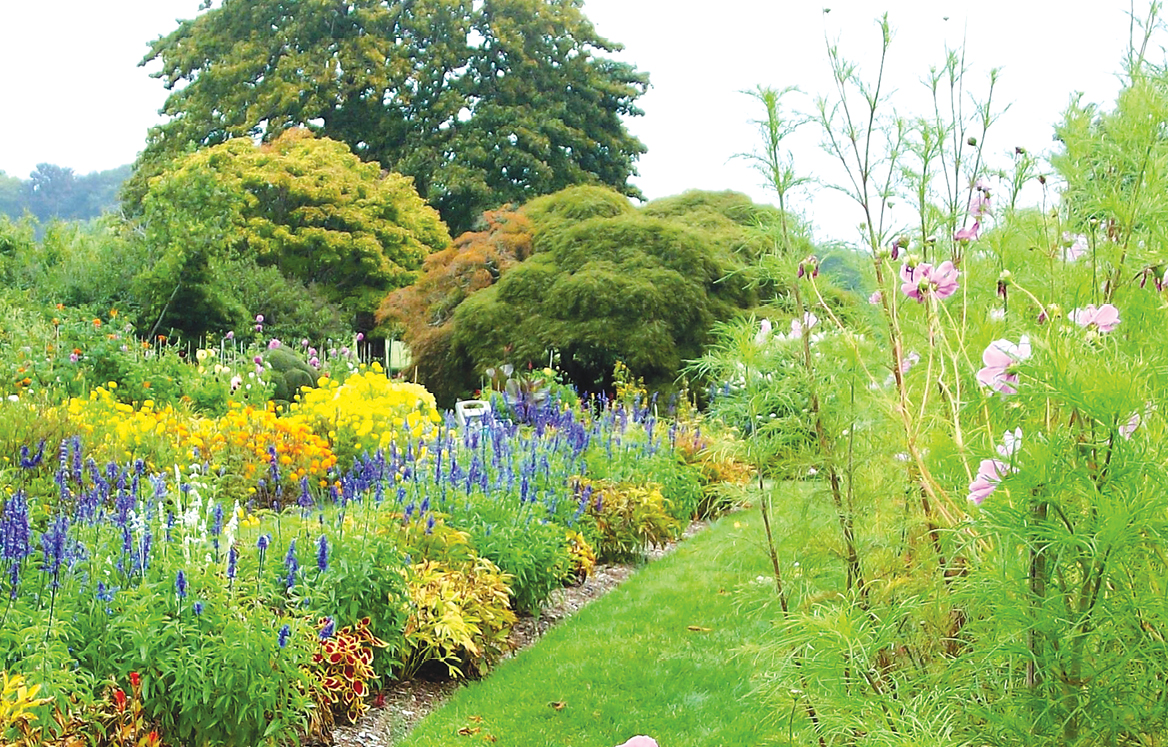
Photo by Diana L. Ferrari
This sweet scene, not untypical of the gardening zone that includes southern Connecticut, is part of the Harkness Memorial State Park.
According to a survey by Gardeners’ World magazine, 80 percent of gardeners reported being “happy” and satisfied with their lives, compared to 67 percent of non-gardeners.
The revised United States Department of Agriculture Plant Hardiness Zone Map can help pinpoint your gardening zone to within a half-mile of your home.
In recognition of warming temperatures, the USDA revised its Plant Hardiness Zone Map in 2012. There are now 13 gardening zones, and each zone has inched northward. For many gardeners, this means about a half-zone change. Example: Suffield is now all in Zone 6A, with an average wintertime low of -10F to -5F.
A half-zone change can make a big difference in your garden. You may be able to grow plants that used to be too tender for your region. On the other hand, a plant that requires a certain amount of cold in the winter may not make it in your yard. Check plant tags before you buy; the zone information is spelled out as a range — for example, USDA Zones 5 to 8.
You can determine your gardening zone at the USDA website at planthardiness.ars.usda.gov. You can either enter your zip code or, for even more precision, use the interactive map to click down to within a half-mile of your home.